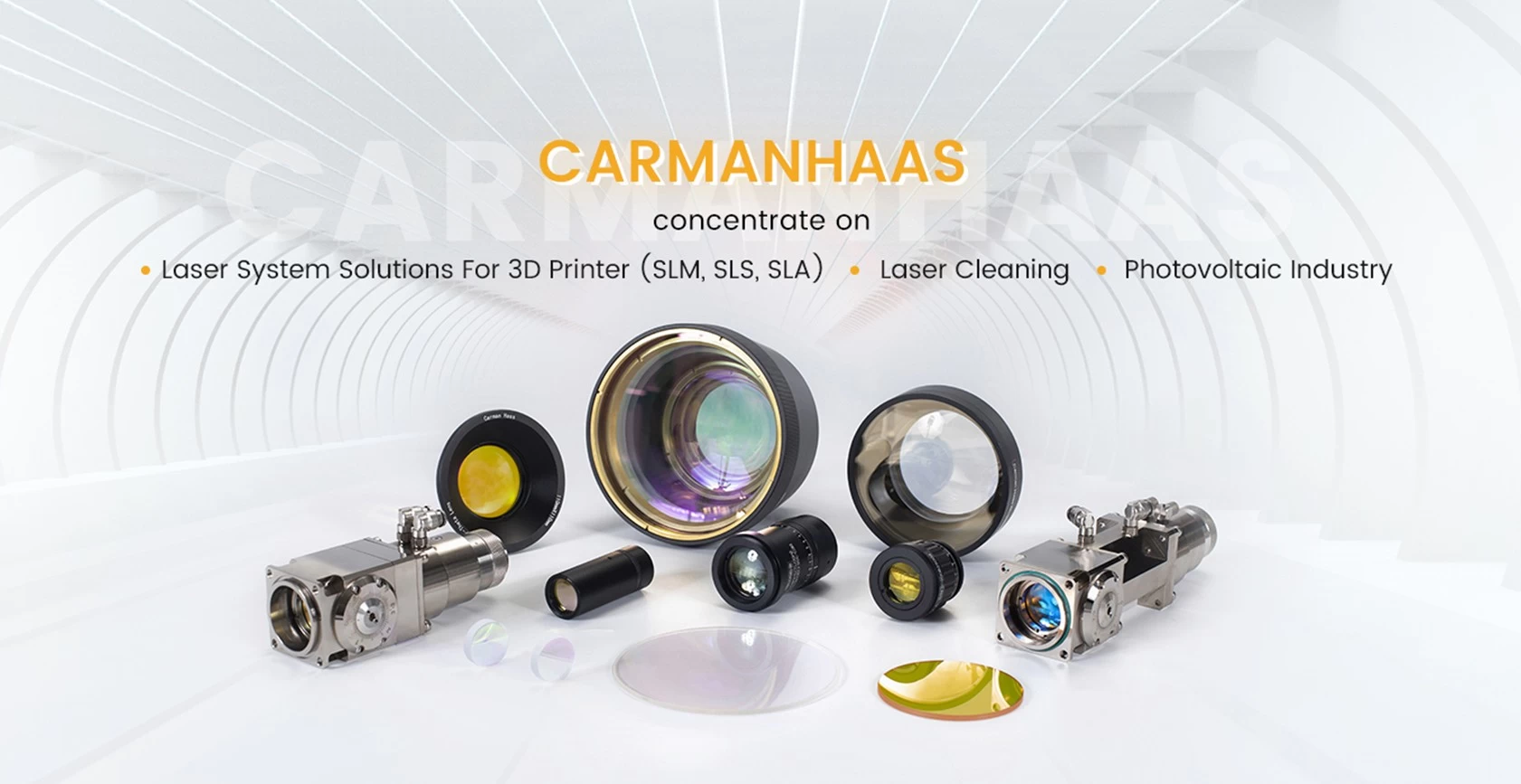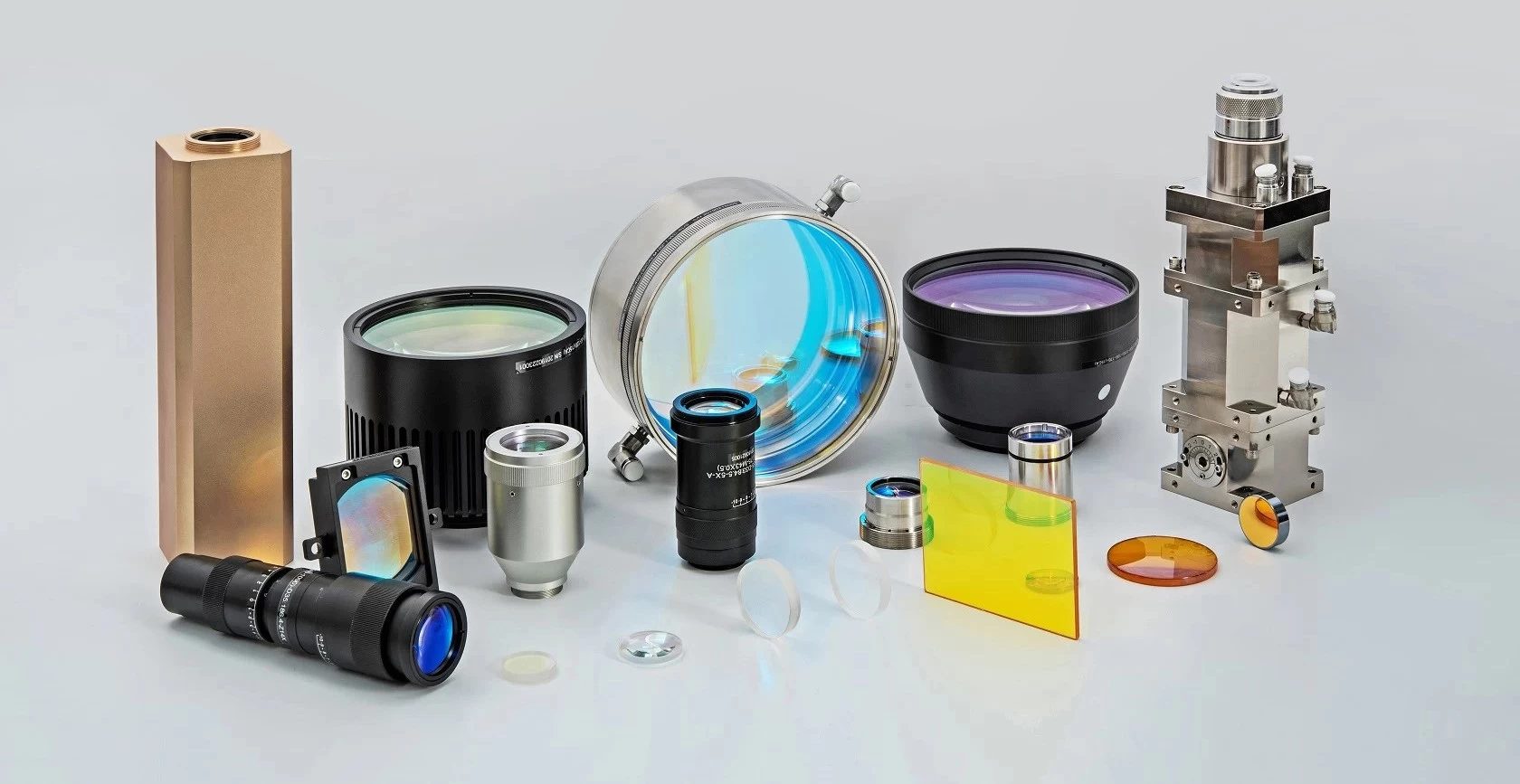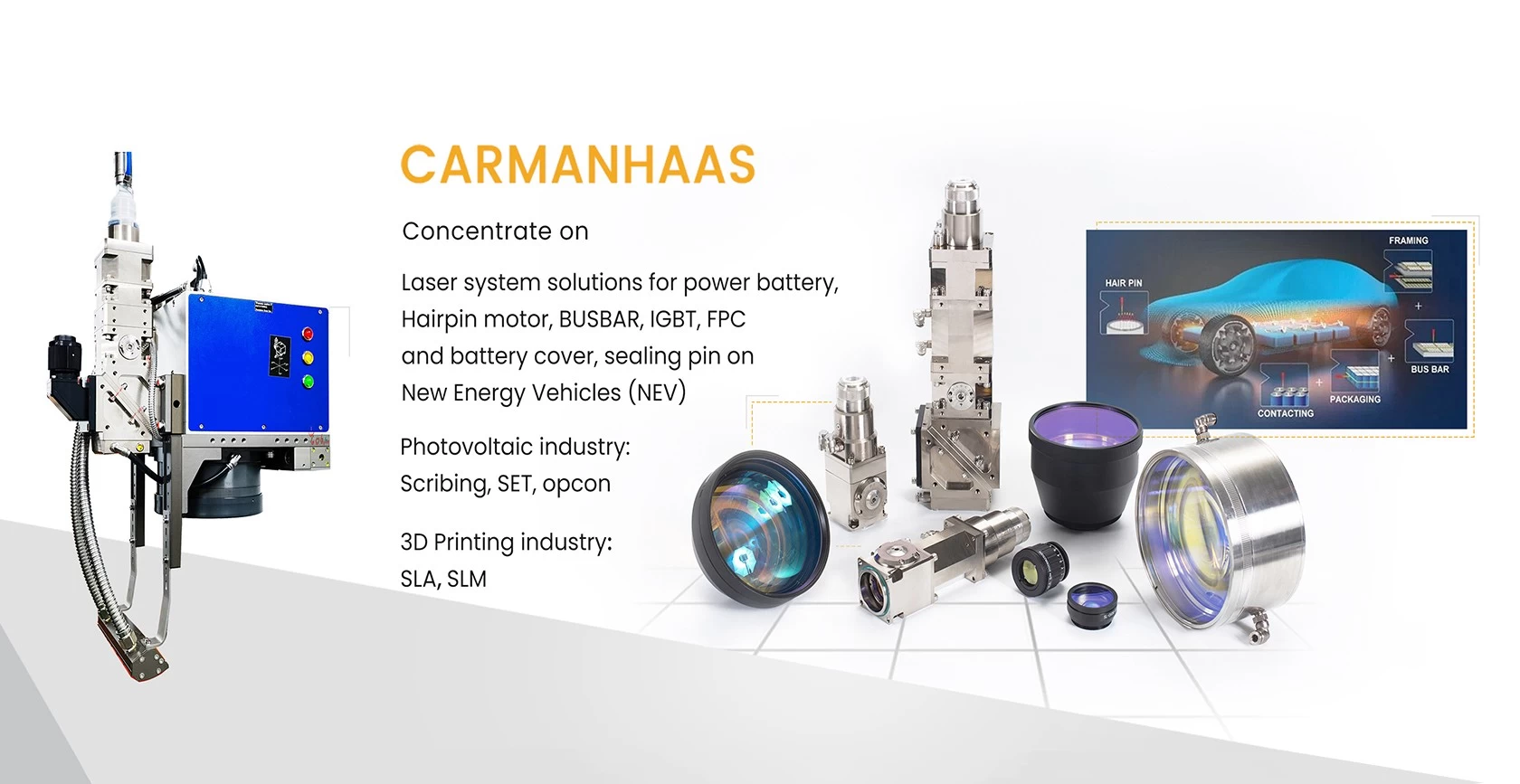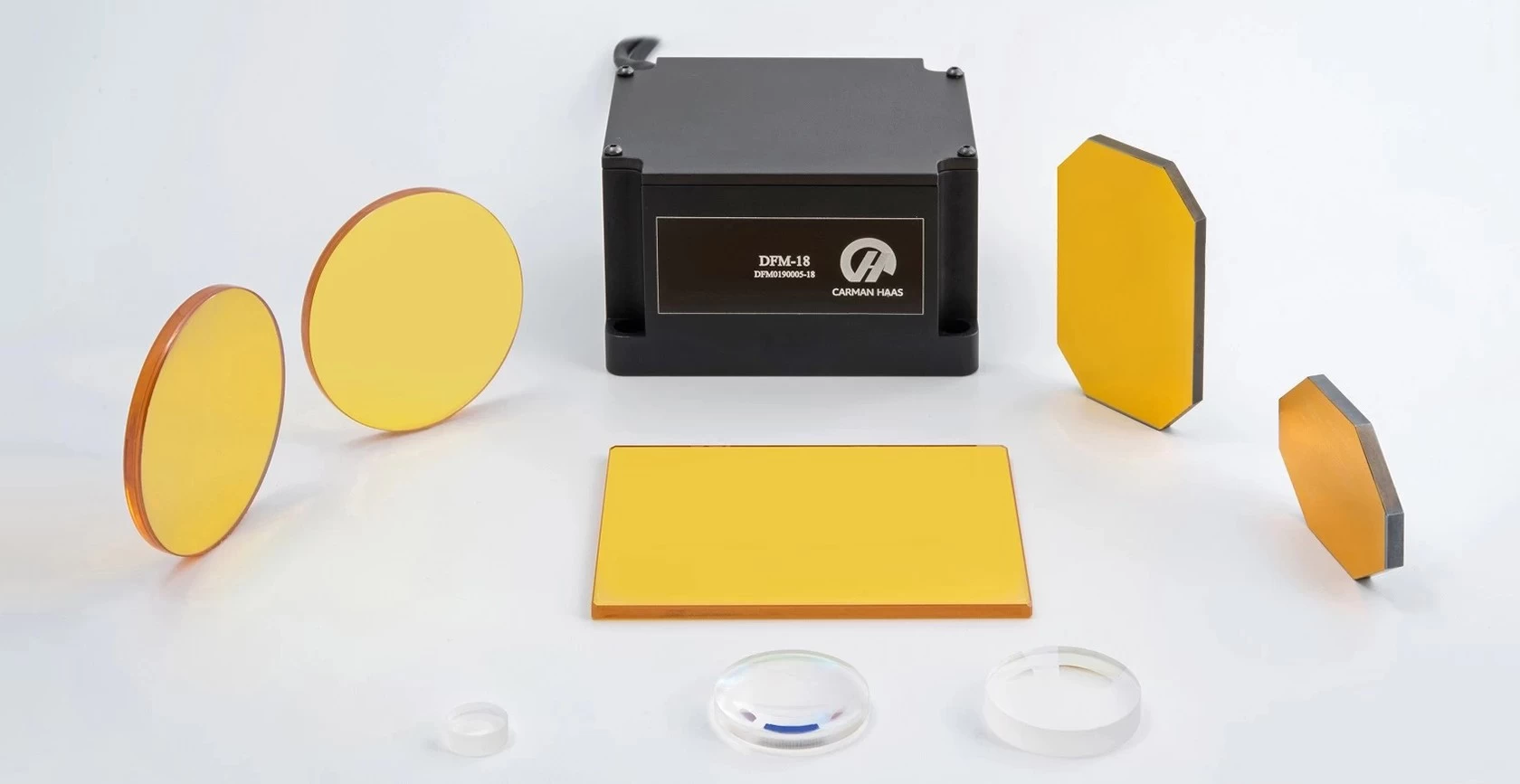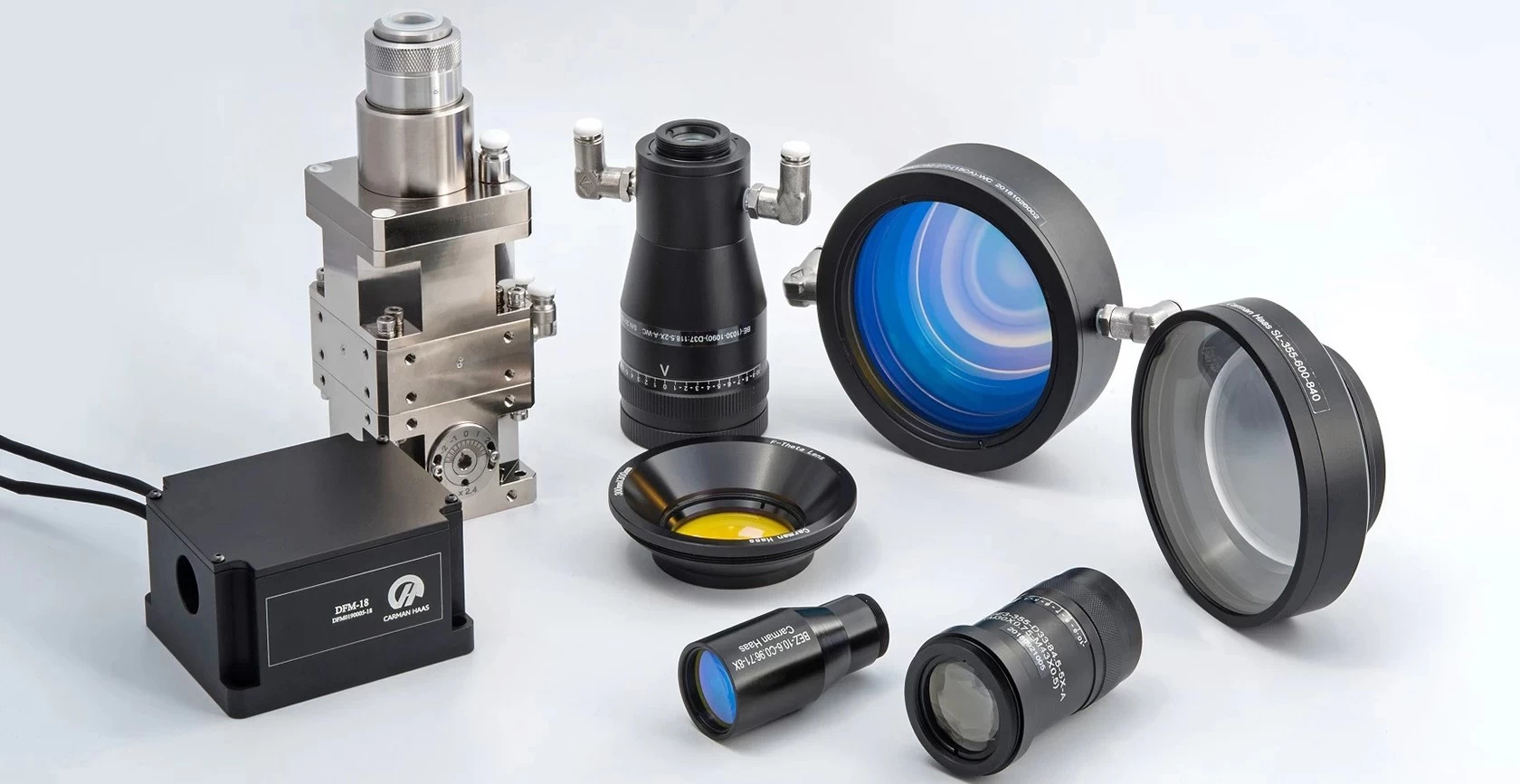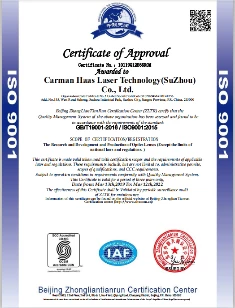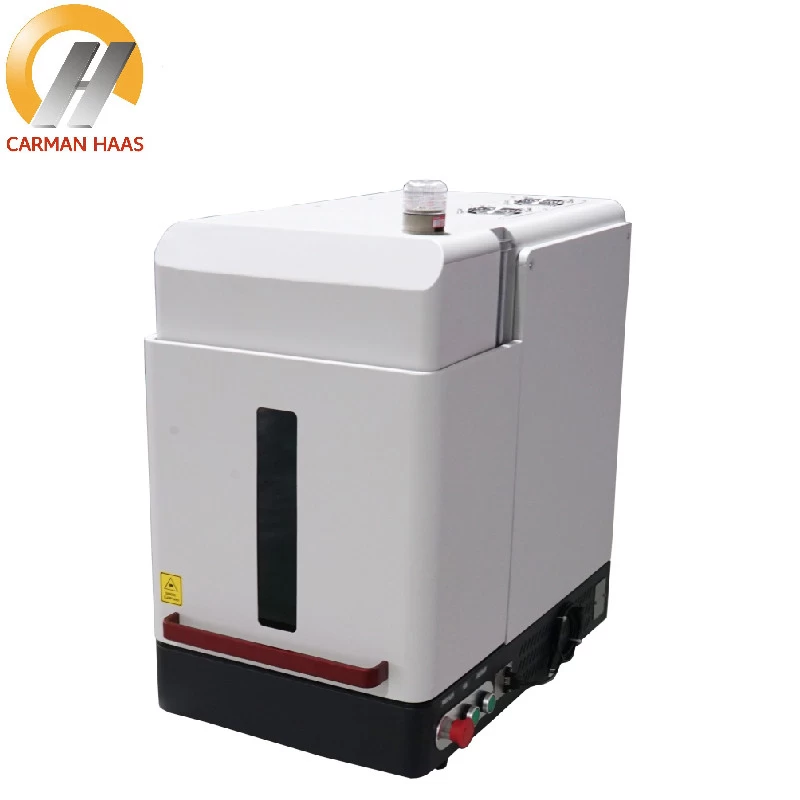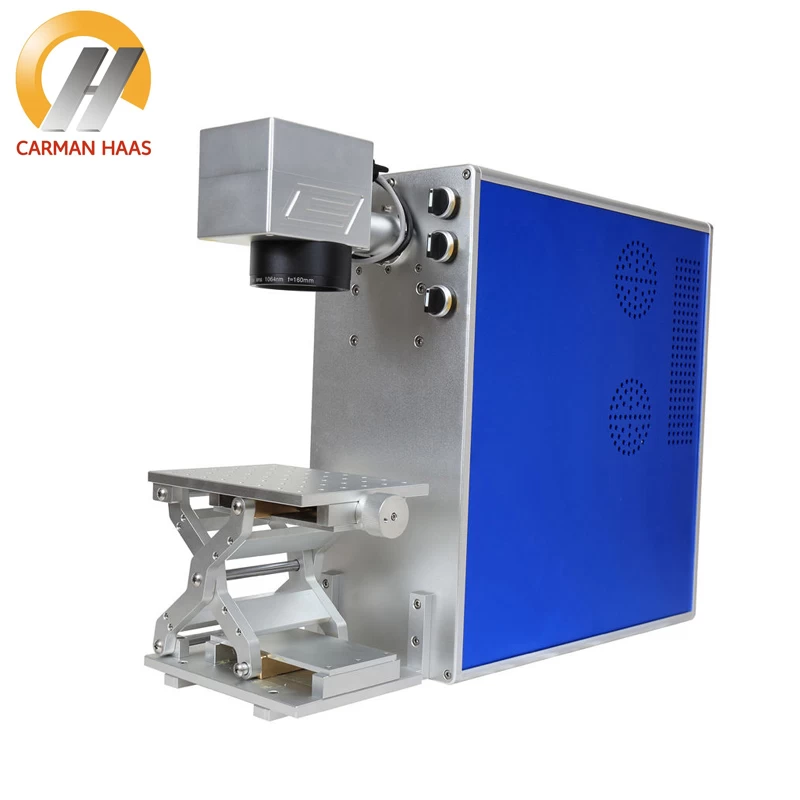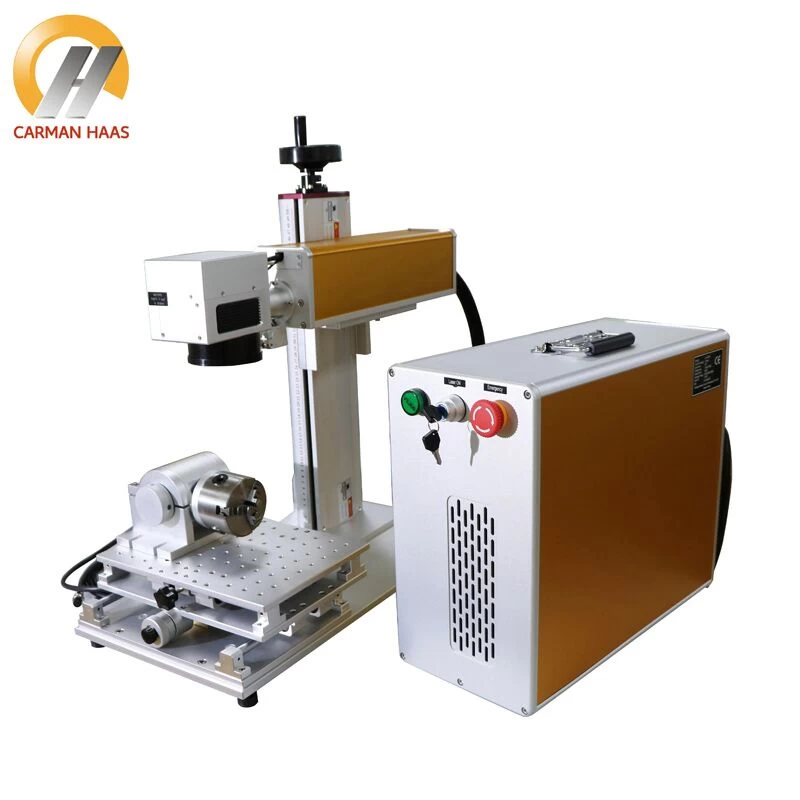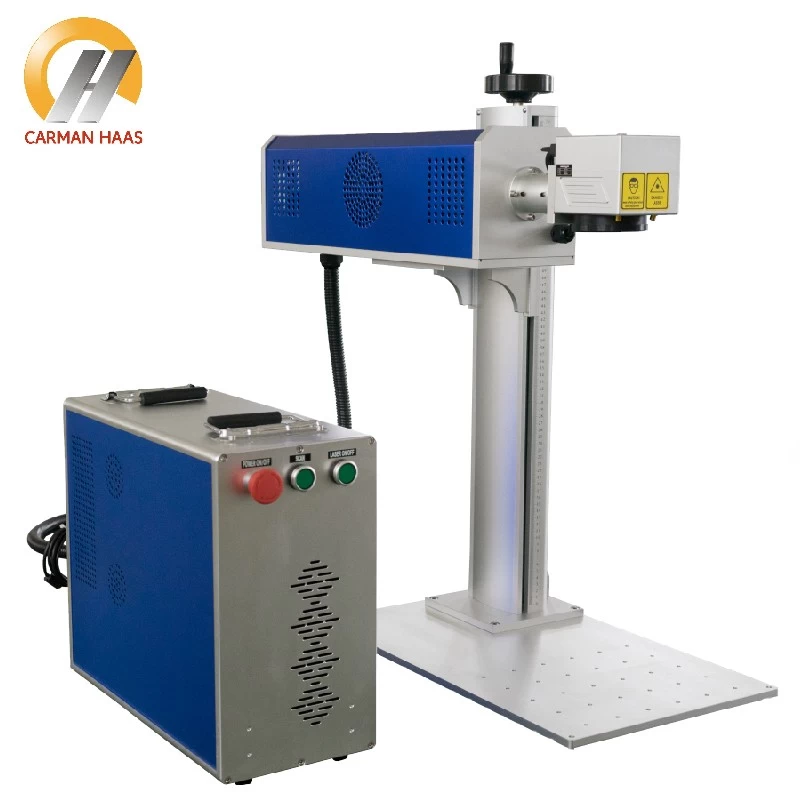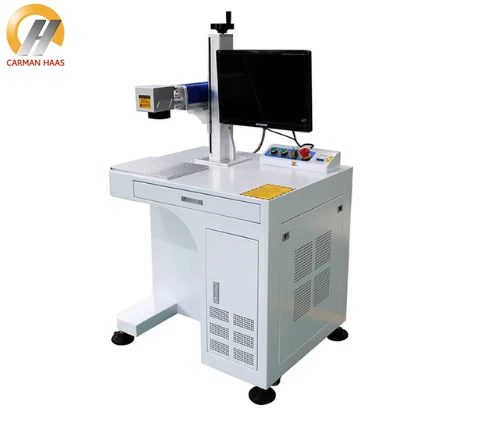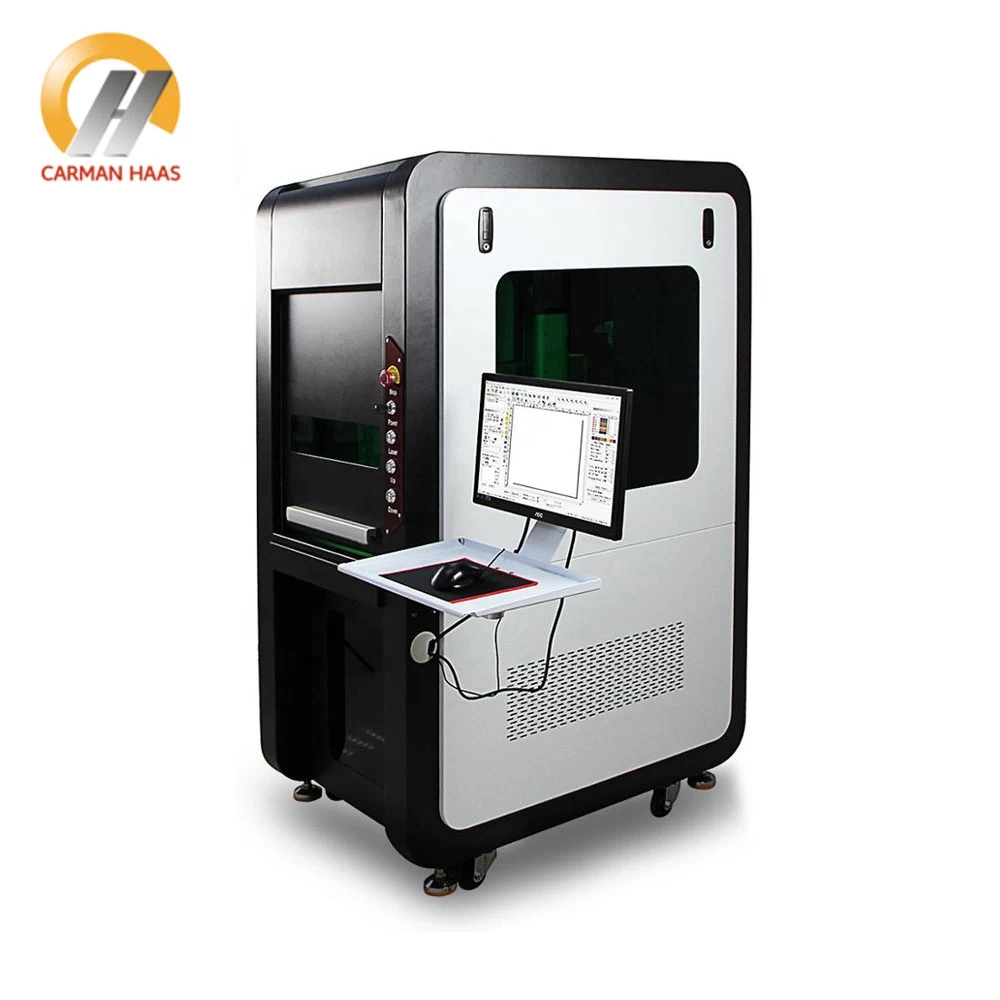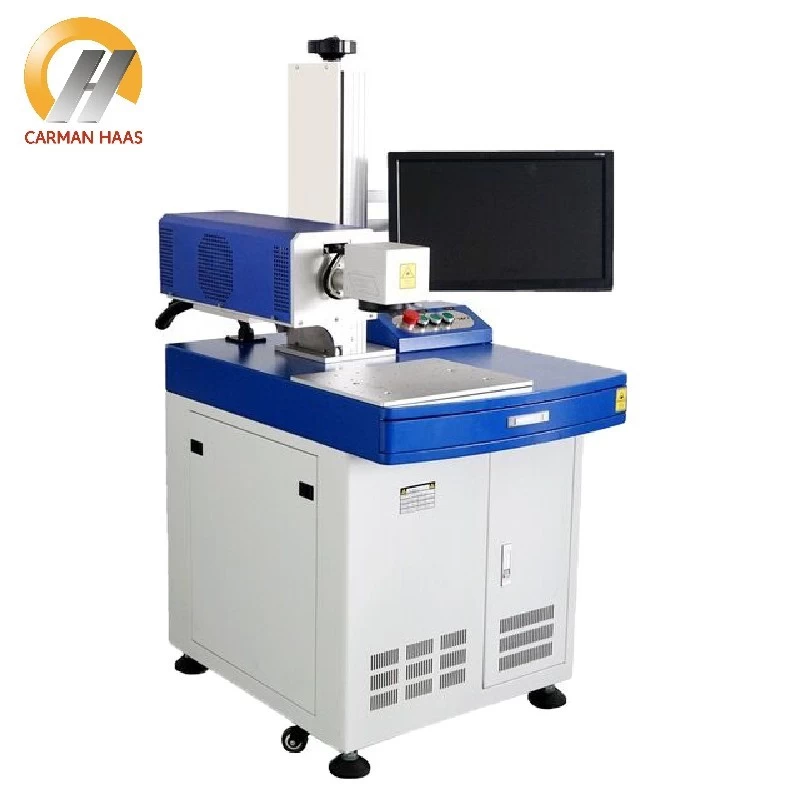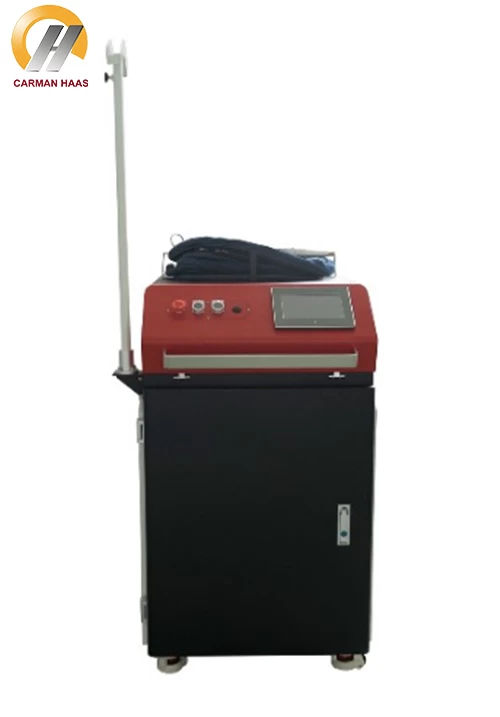Difficulties and Solutions of Power Battery Laser Welding
At present, laser welding has become an indispensable standard process in power battery production, including battery explosion-proof valve welding, battery shell and cover sealing welding, battery module and PACK welding, liquid injection holes, and series-parallel welding between battery packs Dozens of complicated processes. Traditional laser technology has been unable to meet the high safety and consistency requirements of power battery mass production.

Wholesale Optical lens used for Power Battery
There are many laser welding parts of power batteries, the material is mainly aluminum alloy, a small number of parts are made of copper, nickel and other materials, and a few parts use stainless steel as the battery shell. Among these materials, the laser welding process of nickel and stainless steel is relatively simple. It is also more mature, but there are still many difficulties in laser welding of aluminum alloys and copper. In addition to the influence of material properties, the state of the welded joint also has a great influence on the welding effect.
When aluminum alloy and red copper are used as materials to be welded, the main reasons for the poor effect of conventional laser welding are:
(1)Both are highly reflective materials for fiber lasers, and the absorption rate of fiber lasers is not high, resulting in poor welding process stability;
(2)The thermal conductivity of the two is good, the welding seam is difficult to form, and it is easy to generate pores.
At the same time, there are some differences between these two materials. Relatively speaking, the absorption rate of aluminum alloy to fiber laser is higher than that of copper, and the thermal conductivity of copper is better than that of aluminum alloy. Therefore, the solutions to the difficulties of laser welding between the two are as follows: There are some differences in the same place:
Aluminum alloy
1. Use a relatively small focused spot (0.1mm~0.3mm) for welding.
2. The welding speed should not be too low and should be controlled above 60mm/s.
3. Adopt fiber-semiconductor laser hybrid welding.
4. Adopt swing welding.
copper
1. Use a small focused spot (0.02mm ~ 0.2mm) for welding.
2. The welding speed should be fast, more than 100mm/s is recommended.
3. Using swing welding.
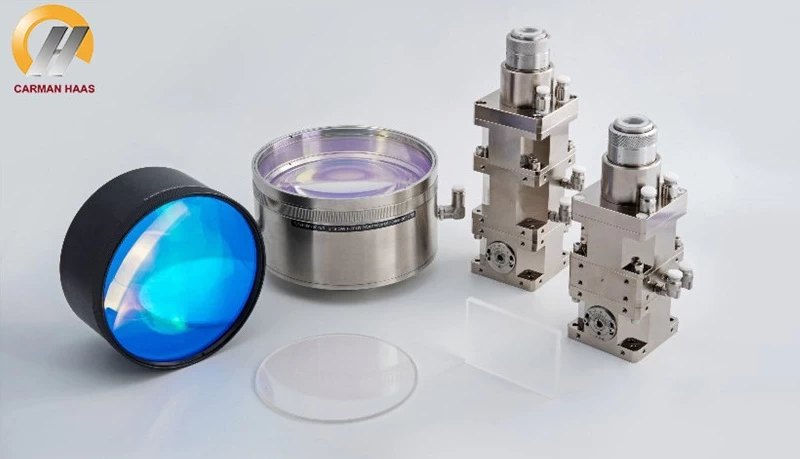
Power battery laser cutting lens
The state of the material to be welded
The state of the material to be welded described in this article refers to the surface cleanliness and pretreatment degree of the material. These conditions will lead to poor weld quality. The specific results and solutions are as follows:
1. There are impurities on the surface of the material
Difficulty performance: there are pores in the welding seam, the sealing performance is not enough, and the strength is not enough. The weld has a burst point and the product is scrapped.
Solution: Before the welding material is welded, impurities such as oil stains and water stains need to be removed.
2. The oxide on the surface of the aluminum alloy is not cleaned
Difficulty performance: There are many pores in the weld, insufficient sealing and insufficient strength. The molding is unstable and the yield rate is reduced.
Solution: The oxide film should be removed before the welding material is welded, and then the welding should be carried out as soon as possible.
3. The material to be welded is rough
Difficulty performance: uneven molding, poor appearance. Solder leakage is easy to occur, and there is no sealing.
Solution: The material is machined, and it needs to be flat and free of deformation.



